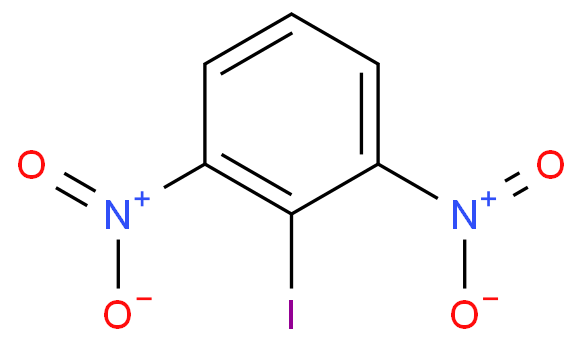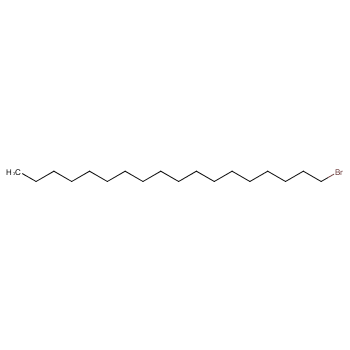1-Bromooctadecane, also known as 1-Bromooctadecane, is a white to light gray crystalline powder at room temperature and pressure. It is a bromo compound with a long alkyl chain, belonging to low-melting solid compounds. It can exist in liquid form at higher temperatures. This substance is insoluble in water but soluble in common organic solvents. It has good chemical stability and certain electrophilicity. The bromine atom in its structure can participate in various electrophilic substitution reactions, making it useful in the synthesis of long straight-chain alkanes.
Physical and Chemical Properties
1-Bromooctadecane is an alkyl bromide compound, consisting of a long carbon chain (18 carbon atoms) and a bromine atom. The long carbon chain allows this compound to be in a solid state at room temperature. As a bromoalkyl reagent, it is commonly used in organic synthesis to introduce alkyl groups. It can act as a reaction intermediate or reagent in various organic transformations, such as substitution reactions, nucleophilic substitution reactions, reduction reactions, etc. These reactions are often used to construct carbon-carbon bonds, introduce new functional groups, or change the physical properties of compounds.
Applications
1-Bromooctadecane is an alkyl bromide compound with a straight-chain alkyl unit and a relatively reactive bromine atom. It can participate in various organic transformation reactions and has good applications in organic synthesis chemistry. Additionally, it can undergo various coupling reactions under transition metal catalysis and a series of dehalogenation reactions under nucleophilic attack. Furthermore, 1-Bromooctadecane can react with triphenylphosphine to prepare the corresponding Wittig reagent, which can be used to synthesize olefin compounds with long alkyl chains.

Figure 1: Preparation of Wittig reagent using 1-Bromooctadecane
In a dry three-necked round-bottom flask, triphenylphosphine (2.623 g, 10.00 mmol) and 1-Bromooctadecane (3.401 g, 10.20 mmol) are added, followed by the solvent toluene. The resulting reaction mixture is heated to 100°C under a nitrogen atmosphere and stirred at this temperature for 24 hours. After the reaction is complete, the reaction mixture is cooled to room temperature, and the resulting solid precipitate is collected by filtration and washed with toluene three times. Finally, the obtained precipitate is concentrated under vacuum to obtain the target product, the Wittig reagent.
References
[1] Zhang, Yuanmi; et al Chemical Engineering Journal (Amsterdam, Netherlands) (2022), 449, 137778.






![Tert-butyl N-[1-[4-(hydroxymethyl)cyclohexyl]ethyl]carbamate](https://structimg.guidechem.com/5/17/3084616.png)

